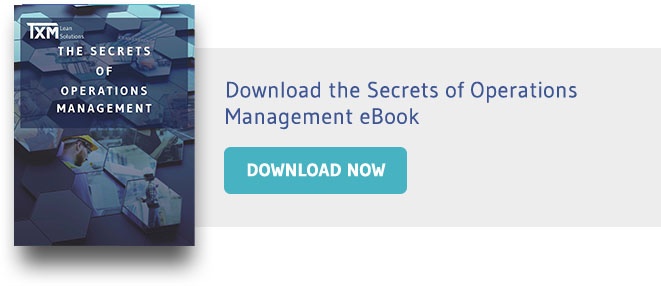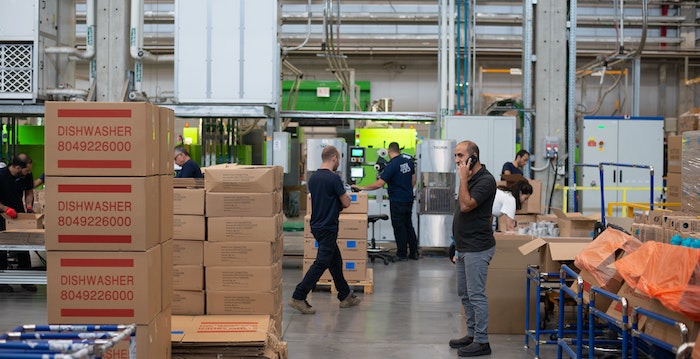Four Practical Strategies to Navigate the Skills Shortage
Economies around the world, business owners and leaders are increasing reporting unemployment is falling rapidly and competition for people is heating up in many countries. These four strategies can help you win this competition and not have to simply offer higher and higher wages.
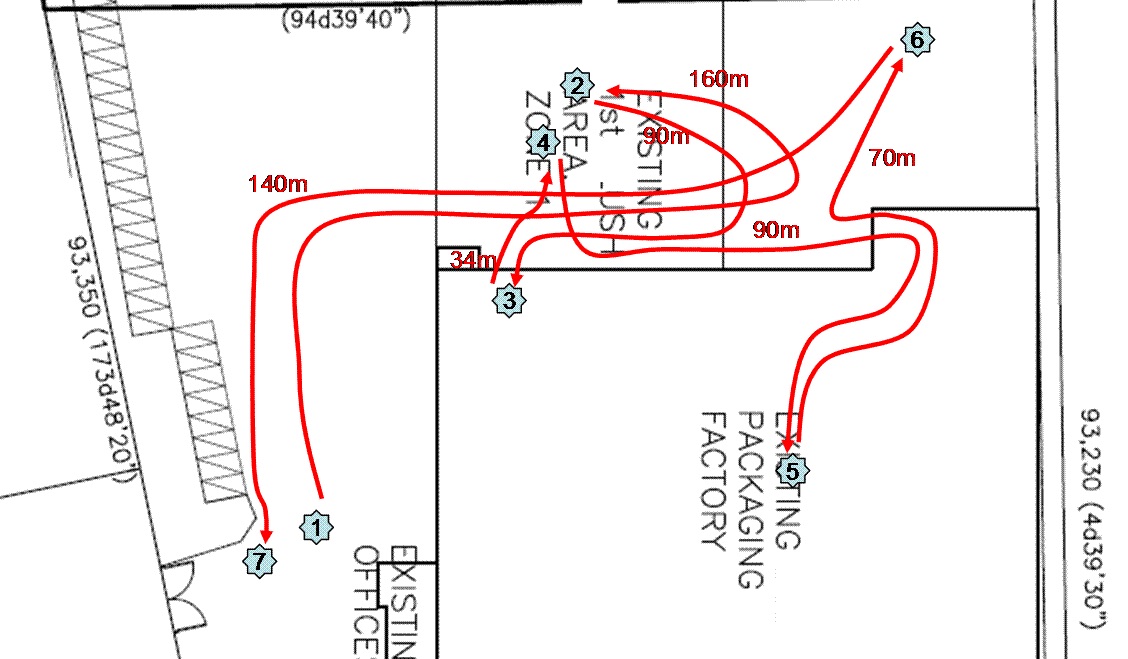
Strategy One – Make the Most of the People You Have
It seems obvious, but before you go out hiring, ask whether you are really making the most of the people who already work for you. If you take a little time to observe what your people do, you will see a lot of wastes. In Lean we talk about eight wastes, but when it comes to waste of labour, four of them really stand out:
- Waiting Time – endemic in offices or in highly automated processes. Check if your staff are idle waiting for instructions, materials, or a machine to finish its cycle. You can find ways to eliminate the waiting by streamlining processes, eliminating unnecessary approvals. Alternatively, you can find things for people to do during the wait times, like preparing the next job while a machine completes its cycle or maybe having an operator run two machines and allowing for some downtime to keep the operator occupied (i.e., the machine waits for the person).
- Transportation Time – a huge amount of time is involved transporting materials. If you see forklifts or overhead cranes in a workplace, that means waste. Use a spaghetti map to see where people go and shorten their travel distances. Also, consider using custom-made trolleys, conveyors, or other simple techniques to move product rather than cranes and forklifts.
- Motion – similar to transport, but this time we are looking specifically at movement of people. Again, a spaghetti flow map can help you identify a lot of unnecessary motion. Creating one piece flow “cells” is a real waste buster and can remove a lot of unnecessary motion. Also (especially in warehouses) measure how often staff need to go back and forth to the office to get information and try to find ways to bring information to those people.
- Underutilised Human Potential – the “eighth waste” is often the most important. Before you go out hiring more people, especially more managers, ask whether you have really allowed all your existing staff to reach their potential. Often, we simply don’t know the skills our team has and simply asking can reveal expertise that was right under your nose all along. Likewise if we can fill more roles by developing and promoting staff it will build a stronger business in the long term than trying to recruit your way to success.
Strategy Two – Employee Engagement is the Key to Retention
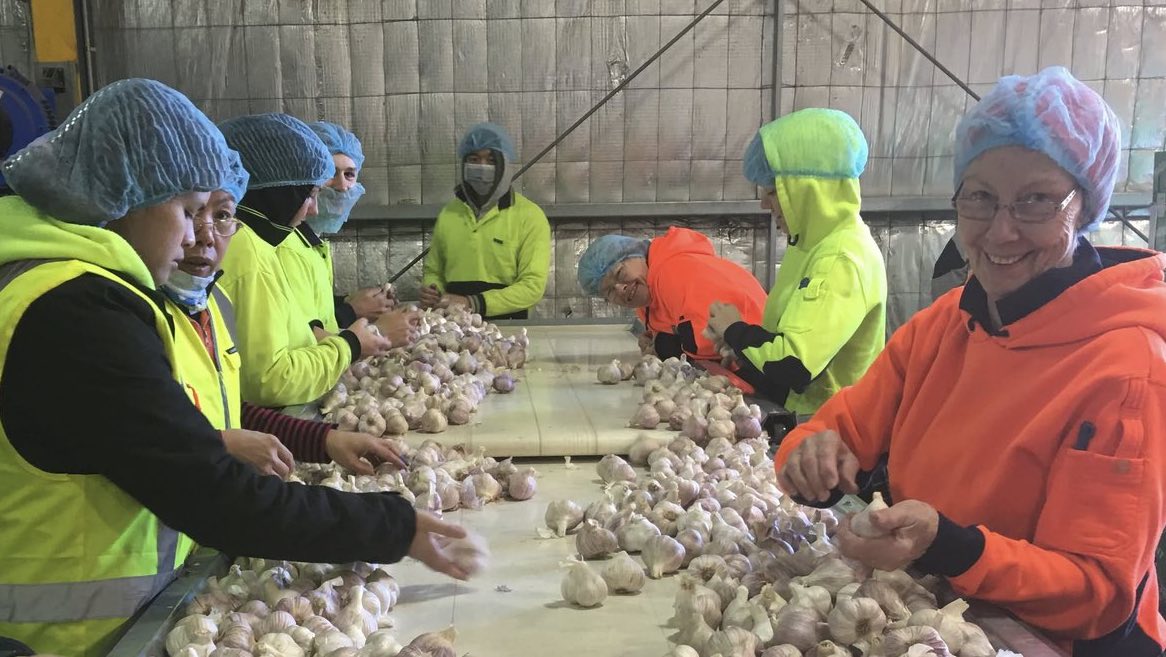
One of the first ways to reduce your challenge finding good people is to retain the good people you have. Some businesses we meet suffer incredible levels of employee turnover and yet are still focused on recruiting more rather than reducing turnover.
These businesses often like to talk about their people as “heads” and “headcount”. This sounds like the talk I used to hear around sheep and cattle yards growing up in country New Zealand. Your employees are people, not sheep and are not just “heads”. They have ideas, ambitions and want to gain meaning from their work. No one gets out of bed in the morning planning to do a bad job and no-one wants to be treated as just a “head”.
Often when we think about how to retain people we only think about “extrinsic” factors – money and the physical work environment. They forget about the “intrinsic” factors such as the meaning we get out of the work and the relationships we build at work. However, most research says that its these intrinsic factors can be a much more powerful motivator than money and a nice office chair.
One question we often ask our customers is “How do your team members know when they have had a successful day?”
In most cases the answer will be that they have no way of knowing how successful their day will be apart from staying out of trouble with the boss. However, no one comes to work with the intention of doing a bad job. Everyone wants to know that they have done a good job, made a difference and are valued for it. This is what engagement means – employees that really care about how well your business goes because they know the difference their work makes, and they know when their efforts are making a difference.
Achieving this can be surprisingly simple. The Lean Daily Leadership Process® only takes 10 minutes every day, but provides every team with feedback on performance, a chance to have an input and solve problems and an opportunity to build relationships with colleagues. Likewise simple changes in leadership style can make a huge difference.
Managers who take the time to go to the workplace to see the work, show respect to employees and ask why rather than just giving instructions, will gain greater engagement and more respect from their team and learn much more about where they need to focus improvement.
Of course, your staff will love a pay rise and better working conditions but making sure they are really engaged in their work is the best way of ensuring they stay.
Strategy Three – Standardise the Work to Simplify the Task
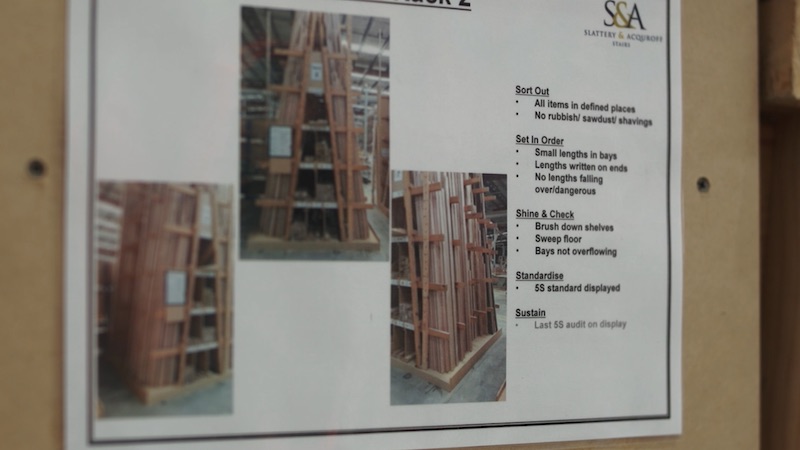
The more skilled the role you are trying to fill, the harder it is to fill it. Making “10 years industry experience” an essential requirement will radically reduce the number of potential candidates. Often when we look at the roles performed by those hard to find “highly skilled” staff, they are often made up of a collection of relatively simple tasks. However, combining them all together makes the job complex.
As well, a lack of clear standards and procedures can mean that the business relies on staff to “figure out” what they must do rather than having the work clearly defined. This approach means that employee ideally needs to know the job that they are going to perform before you hire them or else you will have months or even years of work before they are fully productive
A key element of Lean Thinking is to standardise the work. This means that each task is standardised in four ways:
- The content of the job is standardised and defined as a series of pre-defined steps.
- The sequence in which these steps are performed is set and everyone follows the same steps in the same sequence.
- The time taken to complete the task is specified so that an average worker working at a comfortable pace can complete the task accurately and fully.
- The outcome required is clearly defined and unambiguous, so the worker knows when they have got it right.
A great example of this was a boat builder called Sykes Racing that we worked with several years ago. Sykes made highly customised high-performance boats that were often rowed by Olympians and World Champions. The manufacturing process was highly demanding, and quality was achieved by employing highly skilled boat builders who could complete every step of the manufacturing process.
When Sykes moved to a new site, they converted to flow production. The boats now flowed through a series of workstations. At each station the work was clearly defined with standardised work procedures and 5s controls of the workplace. This means that now Sykes can employ less skilled staff and get them productive quickly on the simpler workstations. Over time these staff can learn the more complex tasks on the other workstations.
This gives new staff a development pathway as they learn new skills but ensures that they are fully productive in the skills they already know in the meantime. By standardising the work and breaking it down you can create opportunities to employ less skilled staff and then develop their skills over time.
Strategy Four – Thinking Long Term
The past two years have probably been the most disrupted period for business since the end of World War II. In mid 2020, unemployment queues around the world were bulging and good candidates were plentiful. Roll things forward one year and most economies are growing faster than they did before the pandemic and skilled labour is in short supply.
However, this cycle, while extreme in the past 12 months, is not unusual. In 2010-2015 a China-fuelled boom created an earlier labour supply crunch and similar cycles occur regularly through the years. Therefore, if you don’t have a recruitment and retention strategy in place before the labour crunch hits you are probably too late. Recruitment and retention benefits from a long-term strategy. This can involve several elements:
- Creating development pathways for existing staff so that your business is developing its future leaders rather than having to hire externally.
- Building the profile of your business as a good employer through social media and publicity. Given the choice good candidates will prefer the company with a high profile and good reputation over the one they have never heard of.
- Consider hiring entry level positions such as graduates and apprentices, but hire carefully, expect some turnover, and make sure you provide them an interesting and positive work experience.
- Create an attractive workplace through good workplace organisation based on 5s, high levels of safety and a clean, comfortable work environment. This last one is tough in some industries, but often the environment can be improved by an increased focus on cleanliness, better ventilation, and regular painting and maintenance of equipment and work areas.
Summary
None of these strategies are a cure-all and none are easy. However, the employment market is a competitive one and your business is only as good as the people that work in it. Therefore, you need to position your business to win that competition if you are going to find and retain the people you need. The secret is to work continuously to make your business one that talented people will want to join and stay with for the long term.

